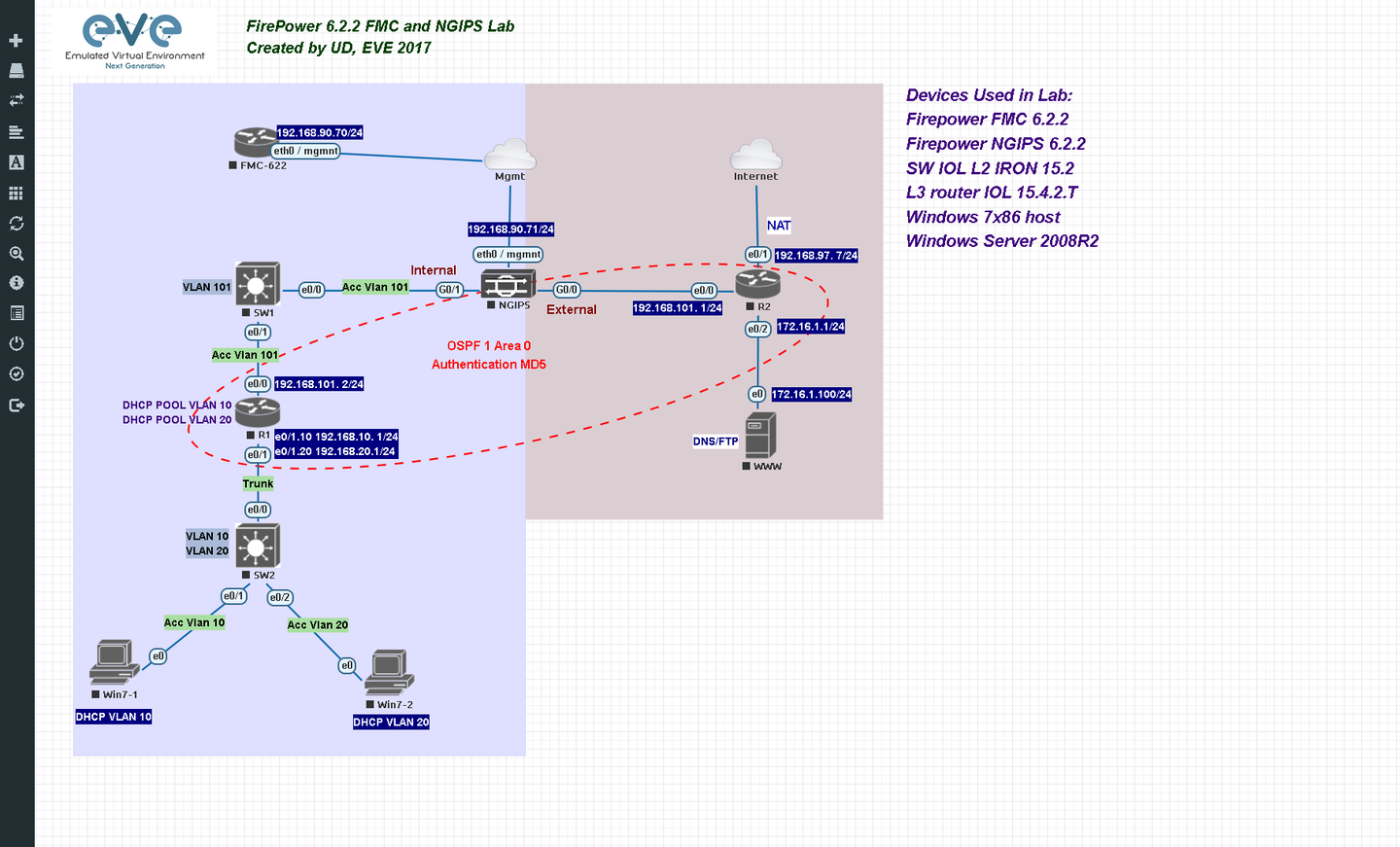

This enables us as attacker to identify as well as bypass IP restrictions, by manipulating the TCP/IP protection mechanisms, to gain access to the protected resources.įor both situations there is an often overlooked detail which is: how do you know which IPs are on the whitelist? Mostly it is just assumed that either you know that upfront or discover that due to a connection being active while you initiate your attack. In this blog posts we’ll discuss the two situations and describe the techniques available to identify IPs on whitelist which have no active connection. In the second situation you will (generally speaking) be able to access or influence the network traffic of your target. This in turn enables the TCP/IP mechanisms to be useful and prevent you from accessing the resources, although maybe not prevent you from discovering who is on the whitelist. In the first situation you will (generally speaking) not be able to access or influence the network traffic of your target.

An IP whitelist is one of the many measures applied to protect services, hosts and networks from attackers.


 0 kommentar(er)
0 kommentar(er)
